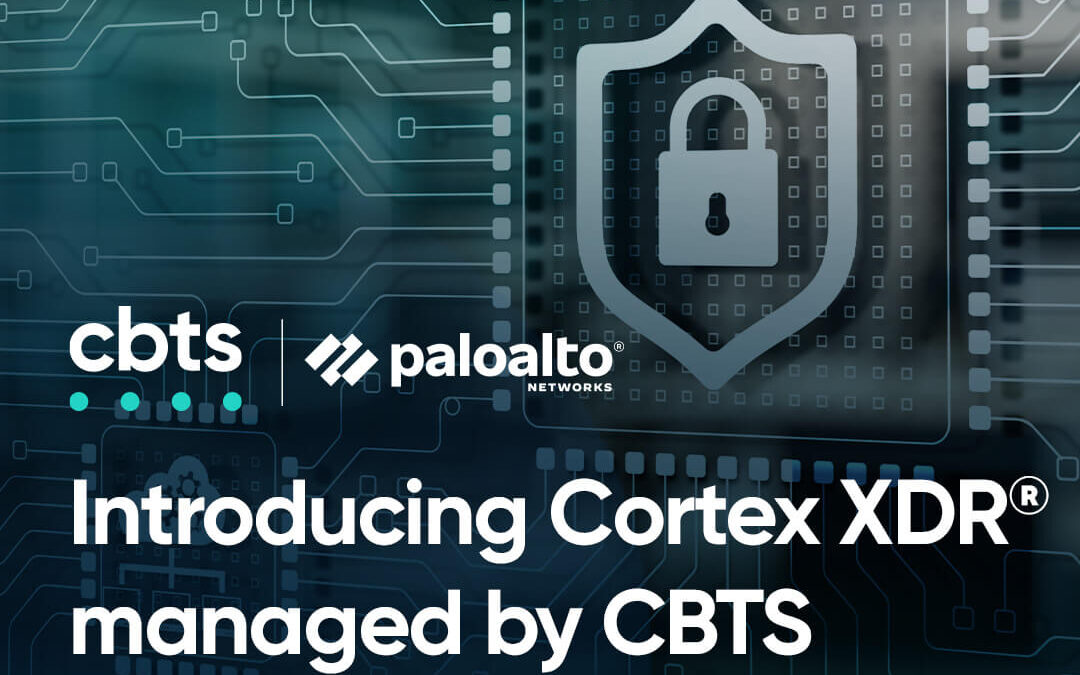
In this Tech Talk session, Lance Hart, Justin Rice, and Jon Lloyd highlight the efficiency and productivity benefits of using AI in tasks such as sales follow-ups, meeting transcriptions, and content creation. They also discuss AI’s potential risks and challenges, such as data governance, implicit bias, and micromanagement.
The rise of AI in the digital workplace
The digital workplace—the tools, platforms, and cloud solutions many use to do their jobs—has become the standard for business operations. Even organizations with a strong need for onsite workers must rely on the digital workplace to manage supply chains, business operations, and employee collaboration. A natural development in this space is embedding AI into digital workplace platforms and processes. Organizations are using AI to create better employee and customer experiences.
“For me, where I start [with AI] is the concept of efficiency and giving back time,” said Jon. “One of the greatest things it does is make salespeople better. What do you want after a sales call? Concise recap, follow-up, next steps, and to identify who owns the next step. The first thing is the efficiency of transcription, notation of auto follow-up, and auto-summary.”
Jon Lloyd
How AI is improving meetings
Justin pointed out that embedded AI boosts transcription capabilities and expands them with functions such as sentiment analysis. AI can also pull out the top talking points from key speakers, identify name mentions, and flag action items for employees who missed the meeting or want to review past meeting notes.
Jon pointed out that enterprise search is the next step in transcription and a critical use case for AI. Soon, users will be able to search the cached meeting transcripts across the entire enterprise to unearth insights and talking points that have been around for months or even years.
Data governance
According to Justin, “For companies like us who can go in and do an AI readiness assessment, data governance will be essential. Because now, your user persona having access to this whole world of information becomes incredibly important and also incredibly risky for the organization.”
Justin Rice
Jon expanded on the two sides of AI data governance—external and internal. External governance deals with security concerns about external sources and how to incorporate firewalls and other security tools. Internal governance deals with company resources like an intranet accessible to a private GPT (generative pre-trained transformer).
“[Intranet]… It’s the next phase. Every company has an intranet or a SharePoint site. It is more friendly and searchable,” said Jon. “That’s the new horizon. So how do we keep that internal?”
Jon Lloyd
As the old saying goes, garbage in, garbage out.
How will AI affect the job market and job functions?
Jon emphasized that the AI revolution is more about helping humans do their jobs more efficiently, not replacing them. He cited that Google aims to replace 30,000 manual functions with AI automation to empower their staff. Additionally, new careers will open around “feeding” embedded AI—that is, managing data input and quality control of AI insights. Much (human) effort will be required to form data lakes, analyze how AI processes data, and validate its output.
AI will undoubtedly change job functions. Many processes will be achieved quicker and more accurately and at a lower cost than humans. Safely and securely overseeing those processes and activating them to serve business objectives will be the role of AI-empowered employees.
How AI is embedded into different platforms
Justin noted that AI in the digital workplace currently falls into two “buckets.” The first covers front-end efficiency and experience enhancements. The second bucket contains backend enhancements.
Justin elaborated, “I’ll use a Microsoft Teams call, for example. They embed AI into their code based on an active voice or video call to make changes to the quality of that call in real time using AI and telemetry data to basically rewrite streams that are happening in real time. You’re not going to see that, but it’s going to make the product work better.”
Justin Rice
Another significant use case for backend-embedded AI is noise reduction. Many platforms feature advanced noise cancellation and reduction that saves meetings from disruptions by crying babies, barking dogs, and noisy delivery persons.
Learn more: The significance of AI: Explore the future of collaboration and communication
What are the risks associated with AI?
Micromanagement
AI comes with a host of tools designed to help manage employee productivity, such as employee scorecards and demeanor analysis. However, these tools present a risk of micromanagement, enabling managers to focus narrowly on pure data instead of overall employee performance to make decisions about personnel or workflow.
Implicit bias
Additionally, AI tools may misinterpret data points due to implicit bias.
Jon gave the example of AI resumé scoring. In one instance, AI was trained to recognize involvement in certain team sports as a positive indicator, ranking involvement in golf and lacrosse exceptionally well. However, this created an unfair advantage for people more likely to have been involved in golf and lacrosse, chiefly white males from wealthy backgrounds. As a result of implicit bias like this and other instances, many organizations are shifting away from using AI in resumé analysis.
“Understand AI is generated by people,” Jon cautions. “It does what it thinks you want it to do, and you have to constantly be retraining it along the way.”
Jon Lloyd
Is your organization AI-ready?
In addition to the benefits and risks of AI, CIOs must consider their infrastructure readiness.
Jon also urges companies to communicate with peers, managers, and employees as leaders keep in mind the pervasiveness of AI tools. Understanding its application and getting feedback will increase your integration’s success.
An in-depth AI-readiness assessment from CBTS can help your organization plot the course of your journey to AI maturity.




















